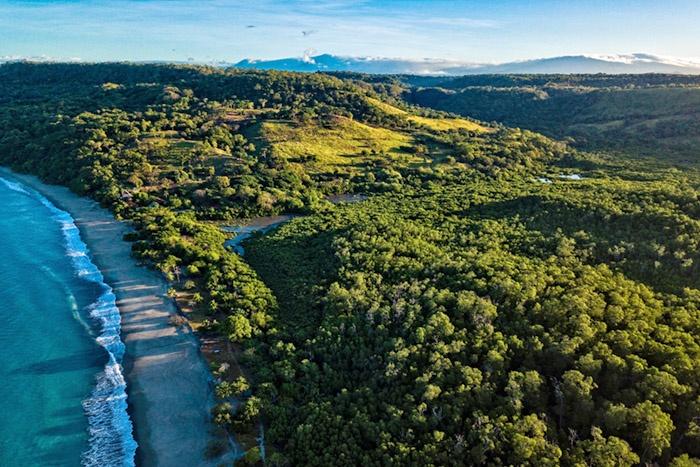Sustainable Tourism
It was not until the early 1990s that political leaders realized the need for change, to significantly improve the environmental and social systems that the country’s economy relied on. Investment policies were introduced to reverse the current unmaintainable situation. After an in-depth analysis covering the economic benefits of conserving healthy ecosystems, the Costa Rican government began implementing conservation policies. Government policies were framed under the following axes:
1. Establish national parks.
2. Promote ecotourism
3. Foster organic Farming
4. Preserve the natural Environment
5. Improve societal well-being, health, educational access and support a green culture.
6. Design a plan to implement a green economy.
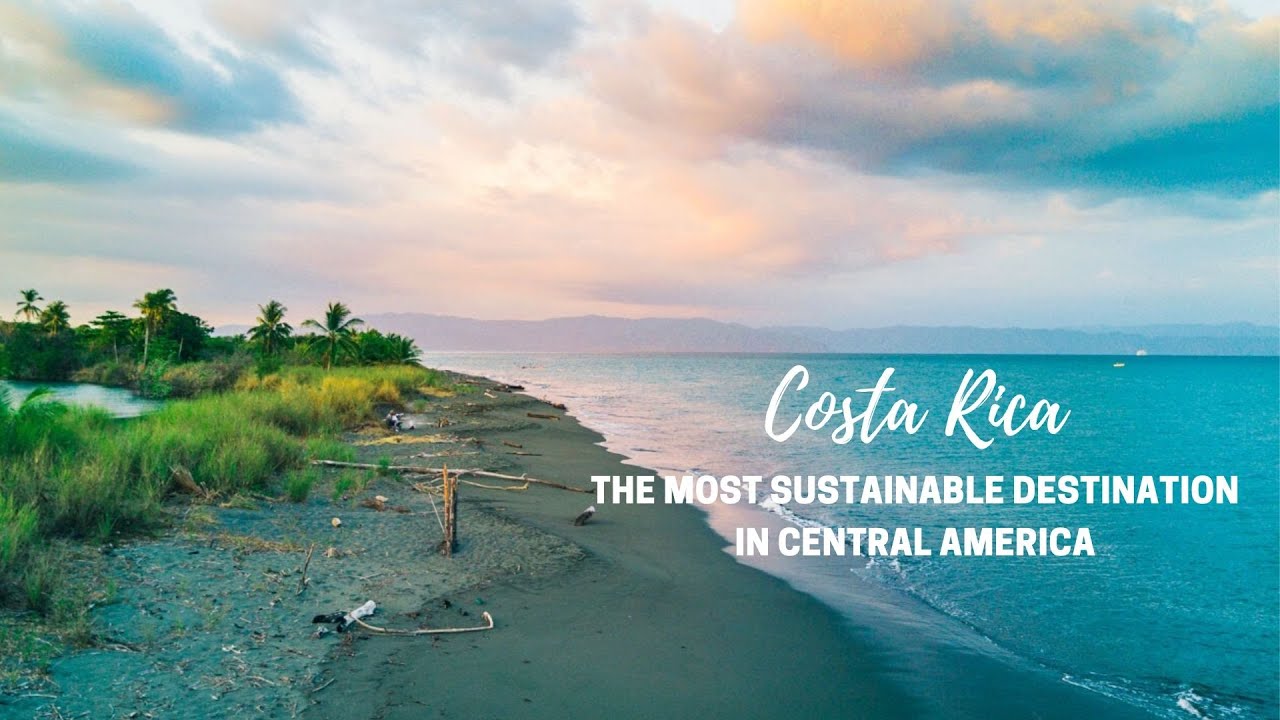
Five Reasons Why Costa Rica has Become A Model for Sustainable Tourism
Costa Rica is located in Central America, is surrounded by the Caribbean Sea and the Pacific Ocean, and limited to the southeast by the Republic of Panama, and the north by the Republic of Nicaragua.
Costa Rica started promoting a number of innovative environmental initiatives almost 50 years ago. Because sustainability and sustainable development are ingrained in the nation's DNA, this sparked a green transition that was ultimately driven by the people of the country. Today, Costa Rica is recognized as a global leader in sustainability, ranking among the top nations globally.
Costa Rica hasn't always been a good custodian of the environment, though. For instance, 75% of the land was covered by woods in the 1940s. This coverage decreased by roughly 50% toward the end of the 1980s (1987). A system of economics that prioritized converting "unproductive land" (forests) into "productive land" (agricultural land) led to this fast deforestation.
Costa Rica's Sustainability Practices
Costa Rica's excellent score on the Sustainable Development Goals Index is the result of a number of outstanding sustainability initiatives. Several of these methods include.
Costa Rica has a 98% deforestation-free area. Reducing deforestation helps to reduce the nation's carbon footprint, which helps to combat climate change.
The major goal of Costa Rica's decarbonization strategy is to keep economic growth on an upward trajectory while also causing a decline in the use of fossil fuels, which contribute to pollution. Implementing clean public transportation services, creating smart, resilient communities, implementing a sensible waste management system, promoting and supporting sustainable agriculture, and enhancing national logistic networks are some of the tactics Costa Rica has used to accomplish this goal.
Cost Rica places a high priority on education and makes significant financial investments.
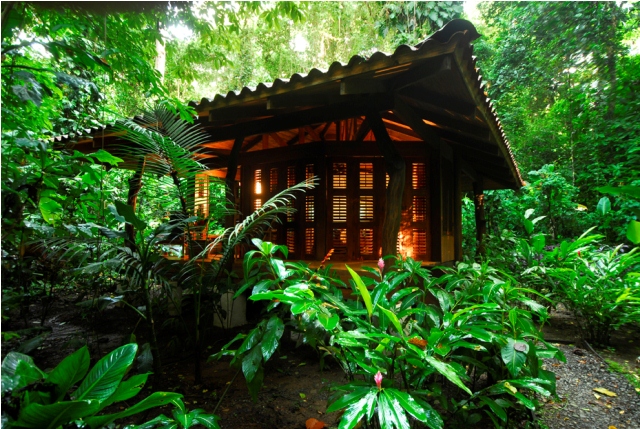
Costa Rica is operating as a progressive leader to build a sustainable future
Costa Rica's sustainability efforts have had positive environmental and financial results. Over the past 25 years, the Central American nation has maintained a high level of biodiversity while experiencing consistent economic growth. Costa Ricans thus have one of the best levels of life in Latin America.
The Costa Rican plan views sustainability as encompassing more than one nation or one particular activity. The Central American government is aggressively devoted to improving the welfare of its citizens and ecological best practices. The policies of the local and international economy, human rights, and cultural heritage preservation are all incorporated into Costa Rica's sustainability strategy.
The example of Costa Rica shows how our environment may be woven with the requirements of nature, providing long-lasting advantages to human civilization and our economy. This nation is leading the way in progress and making the necessary changes to build the future that we want for our children. The Green Business Bureau is excited to collaborate with Costa Rica to use our Green Business Certification program to assist all of their small enterprises and corporations in becoming more sustainable.
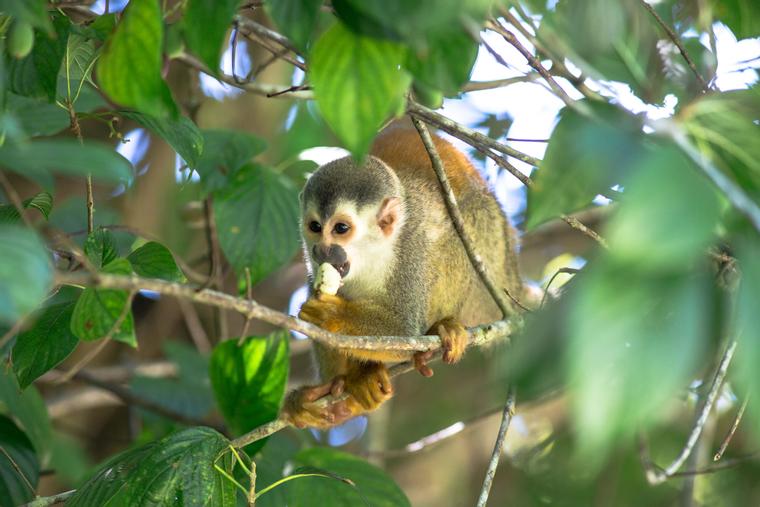
Lifetime Memories Await
The Lodge provides a range of unique and unforgettable experiences. We combine and customize activities to improve the comfort of our guests' experiences, to unwind and relax, to go on an adventure, or for a wellness experience; to discover secluded and tropical beaches and venture through our protected rainforest reserve and the Piedras Blancas National Park, or simply to fall in love with the sunsets over Golfo Dulce and its abundant marine life. Even for an unforgettable nighttime sky observation, or to see waterfalls in the jungle and learn more about the diverse and abundant wildlife.

Adventures of a Lifetime
Are you up for an adventure or possibly a trip into the unknown? Don't pass up the opportunity to discover the natural beauties that are particular to this natural paradise, whether it is by kayaking through mangroves, hiking with knowledgeable and passionate naturalists, or sailing the seas in search of whales and dolphins. With our extensive range of trips and activities, discover endless options to pique your curiosity, awaken your senses, and even stoke your adrenaline.
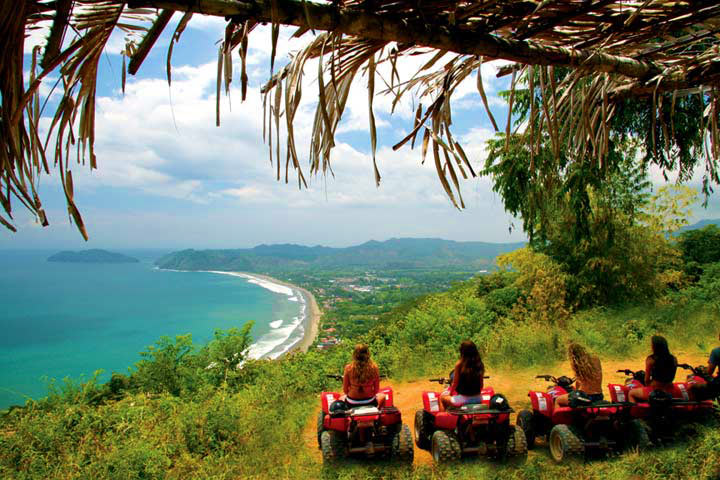
The environmental credentials of Costa Rica
Over half of Costa Rica is protected by a forest canopy thanks to the country's extensive and effective reforestation program. Restoring these forest ecosystems gives life a place to live, food to eat, and shelter to grow, which explains Costa Rica's extraordinary biodiversity.
Costa Rica has set aside 28 national parks, supplemented by protected areas that cover a quarter of the countrys land surface (25-28% coverage).
